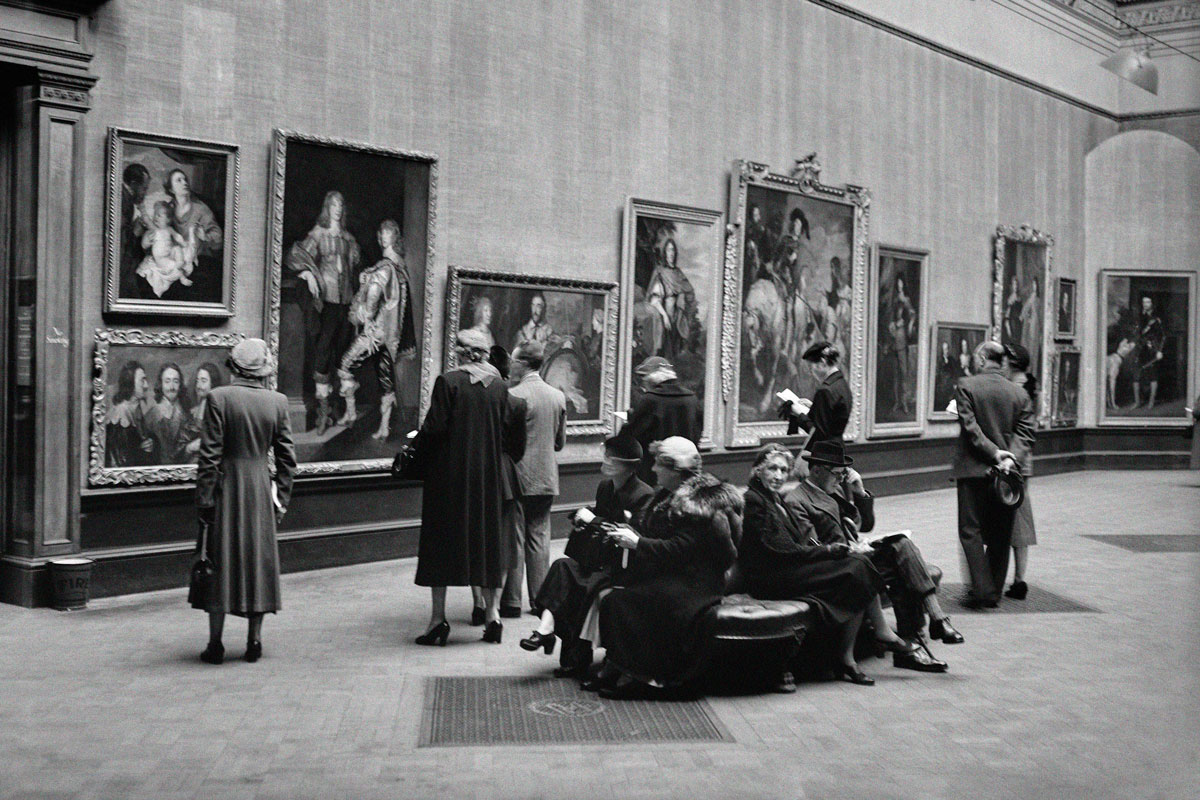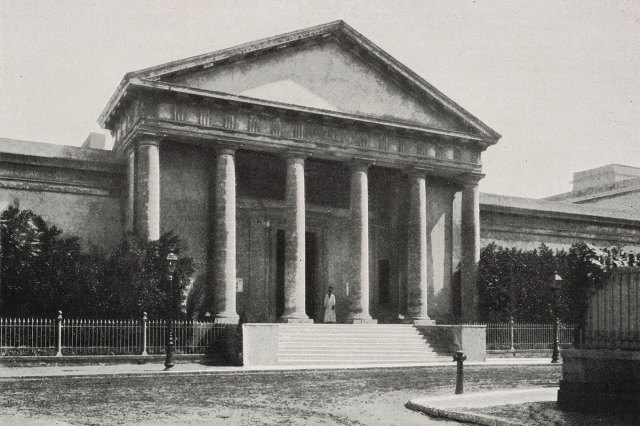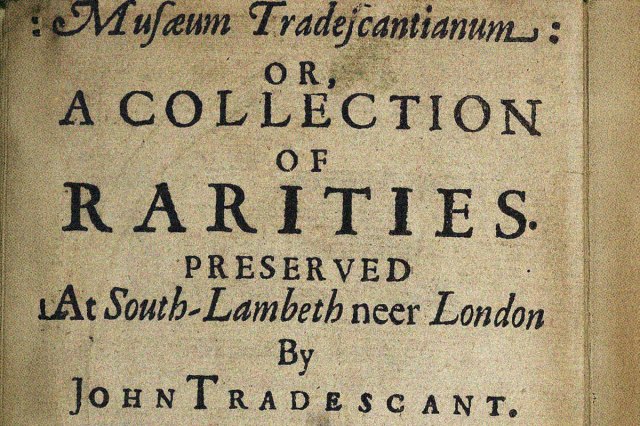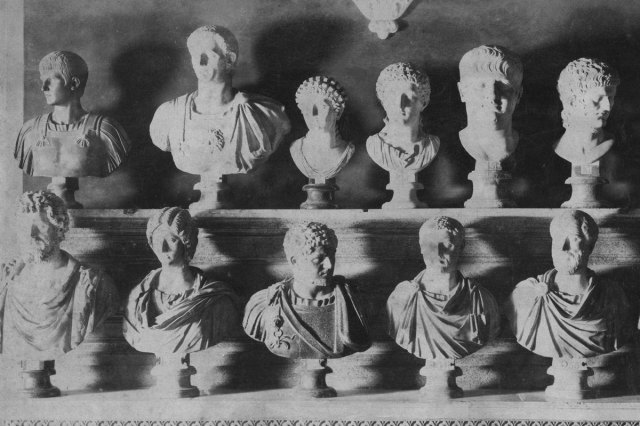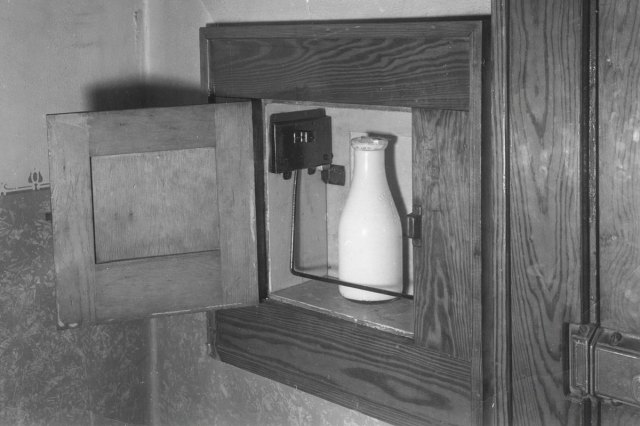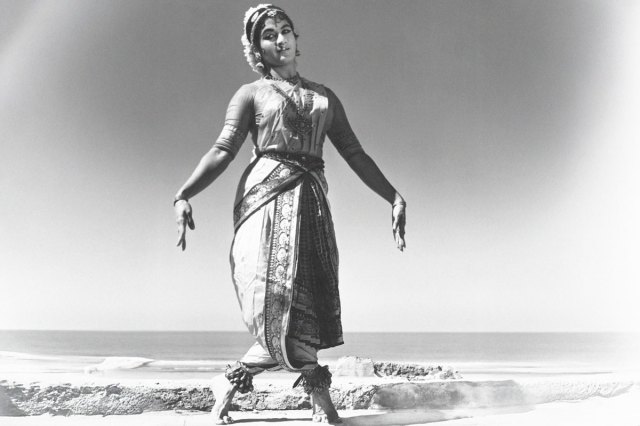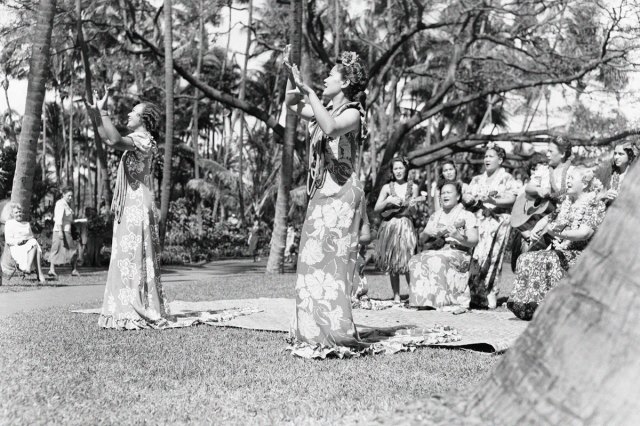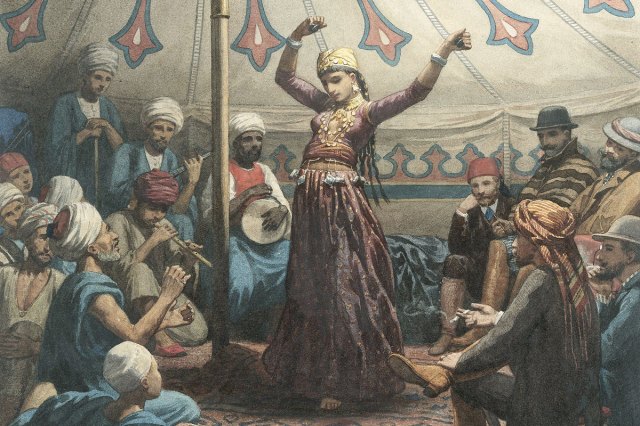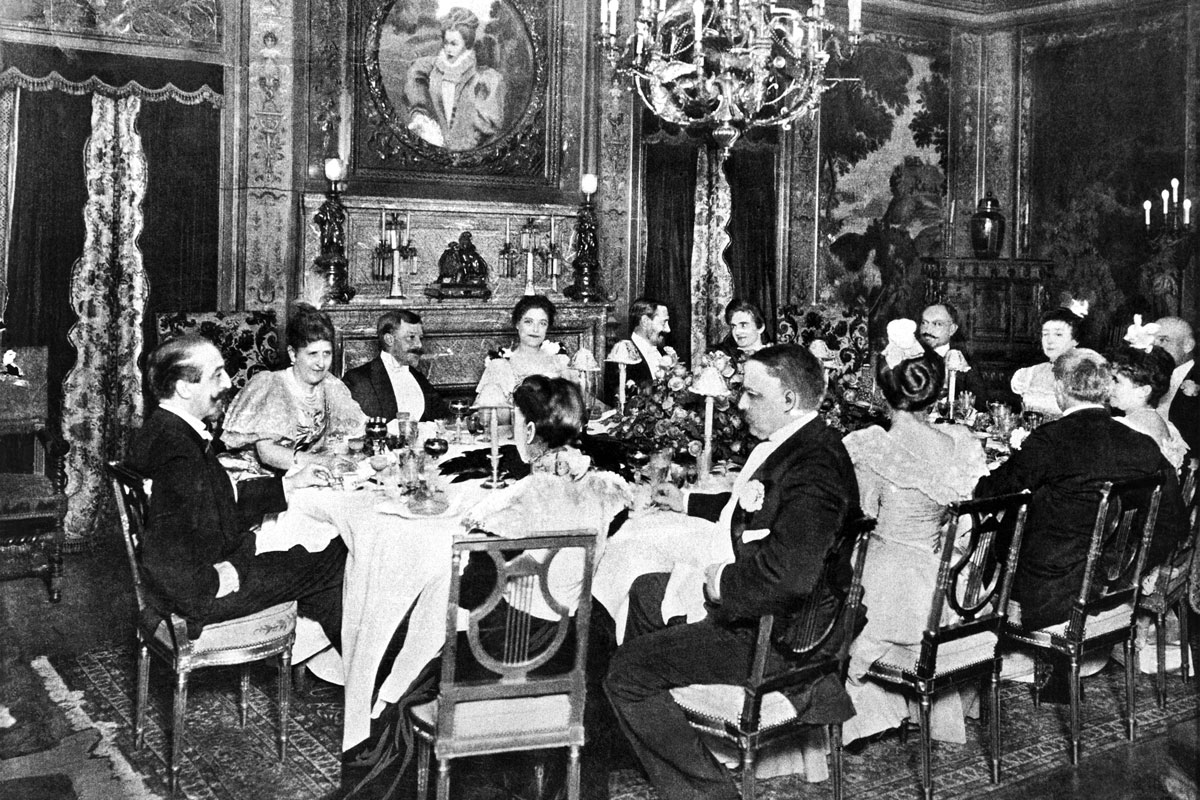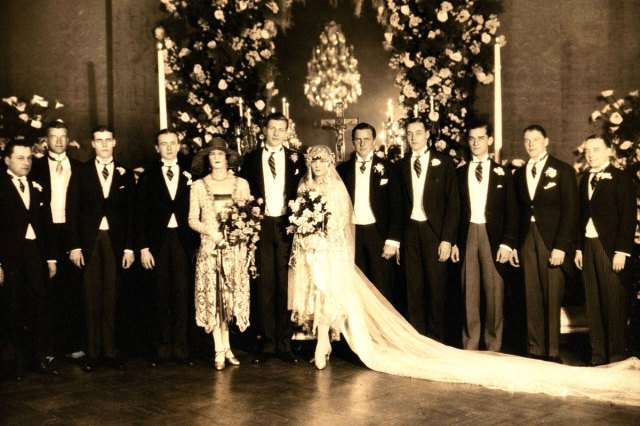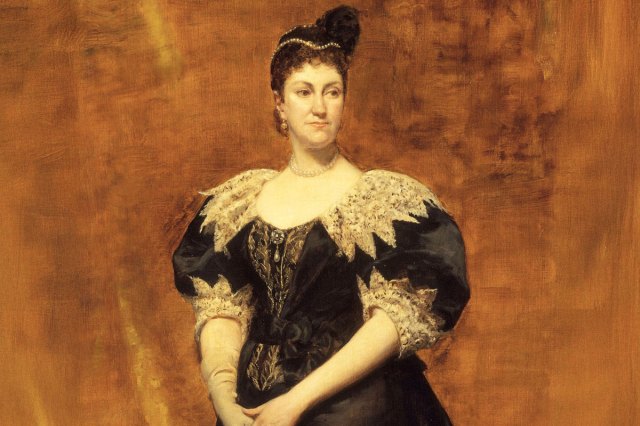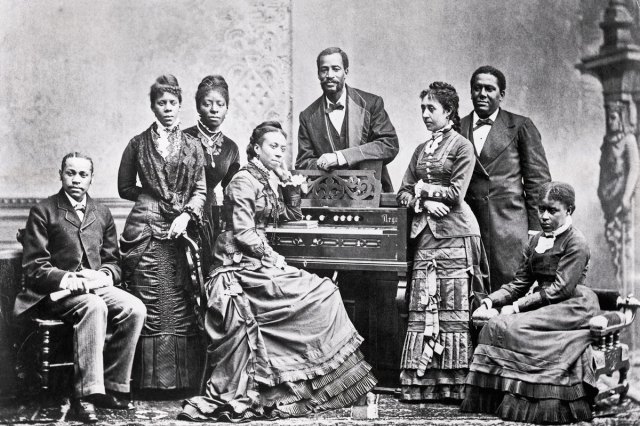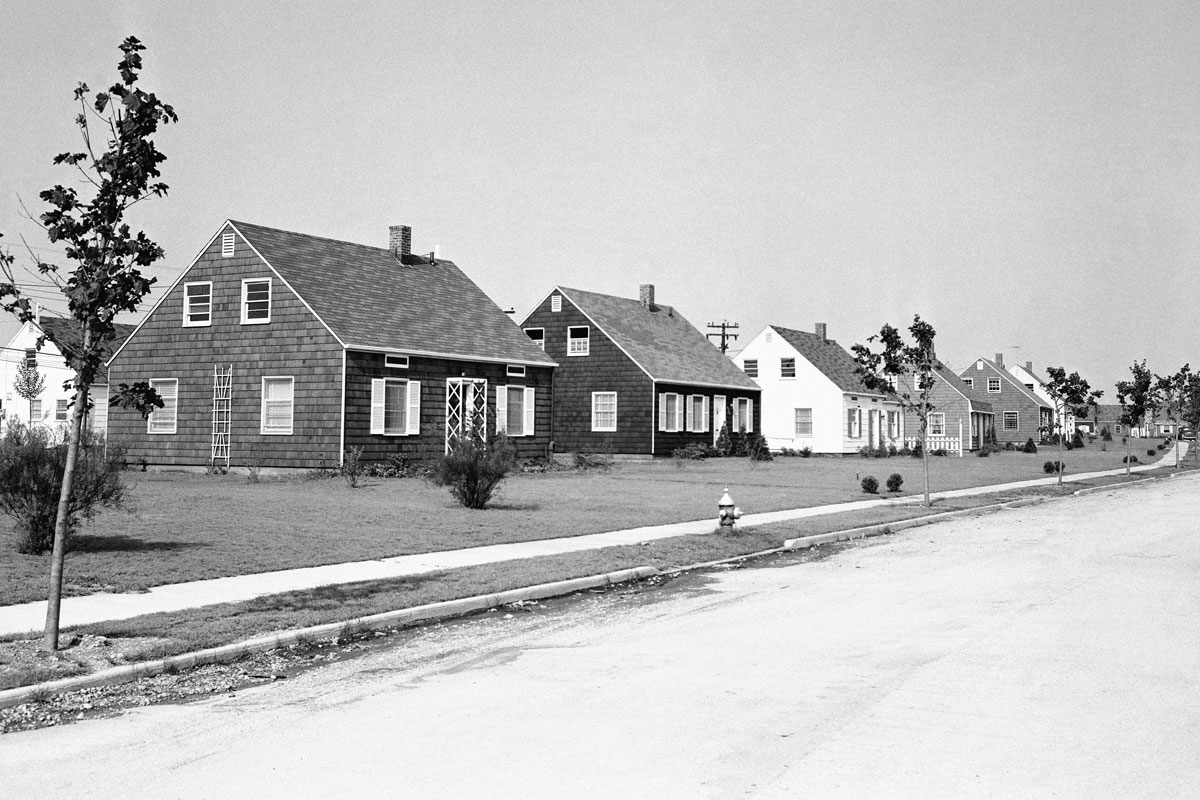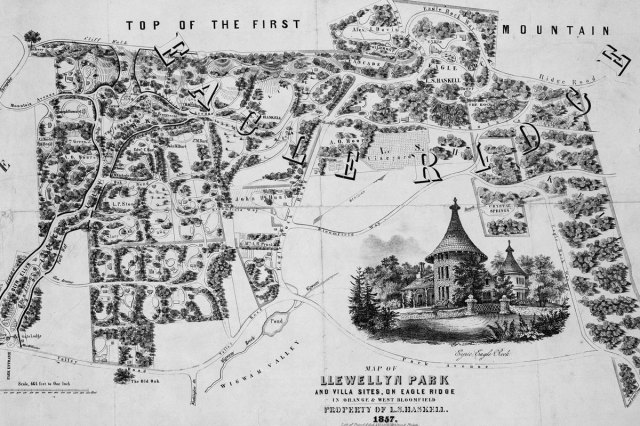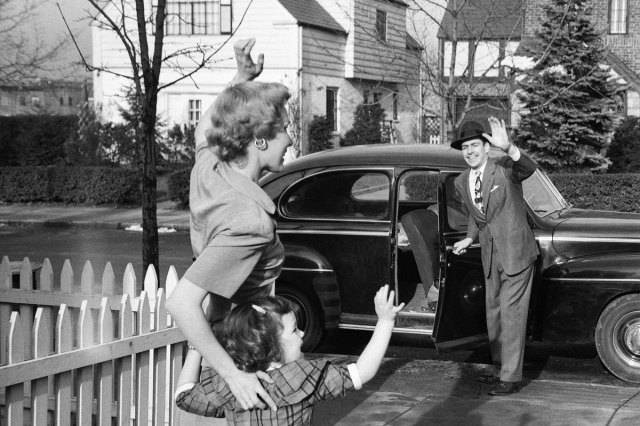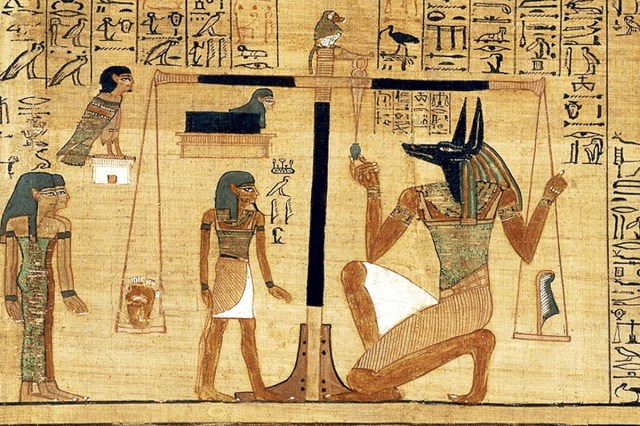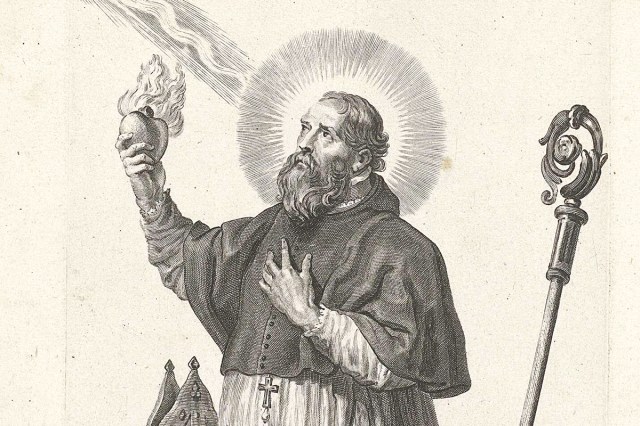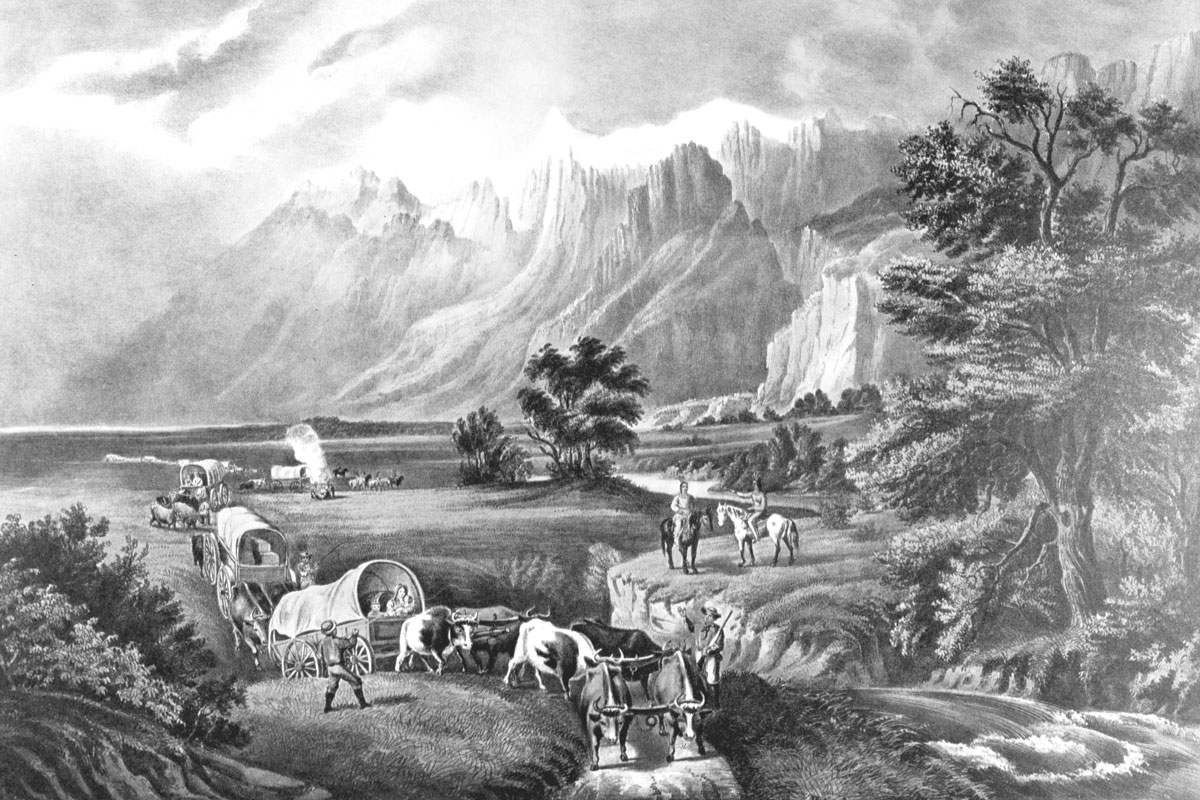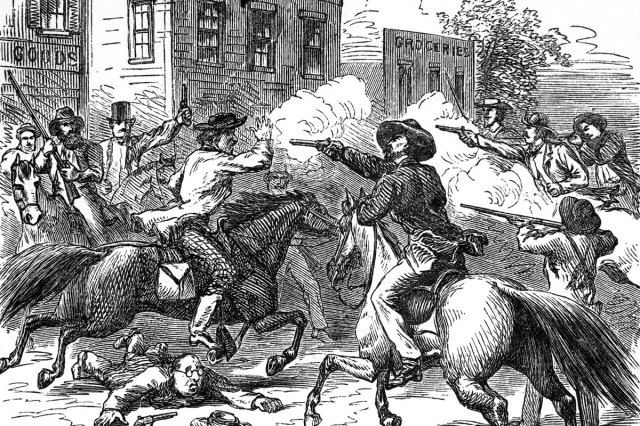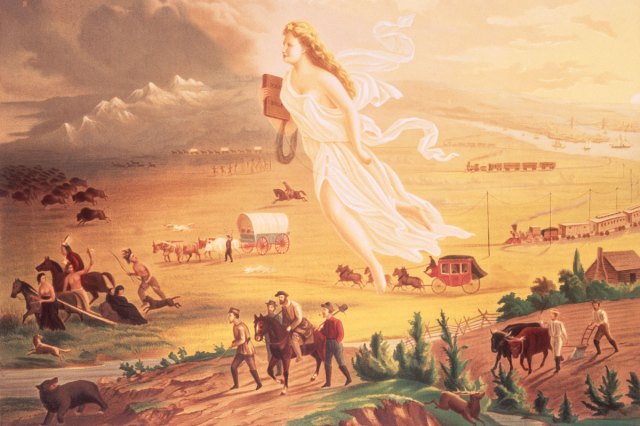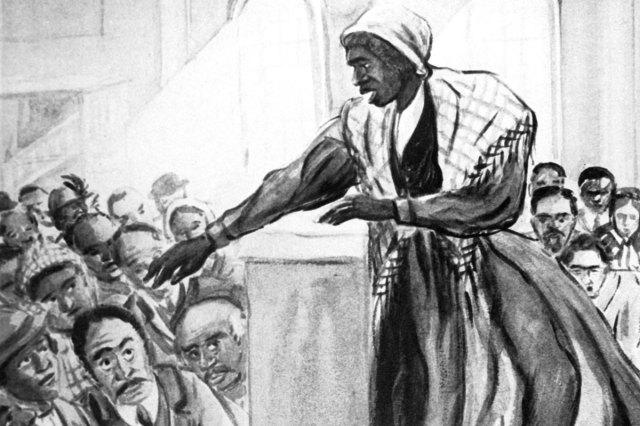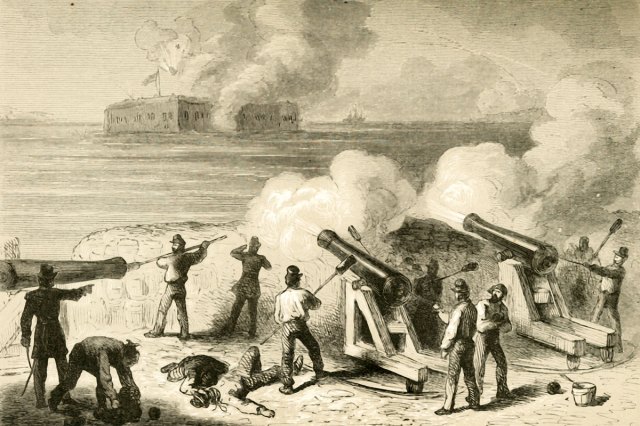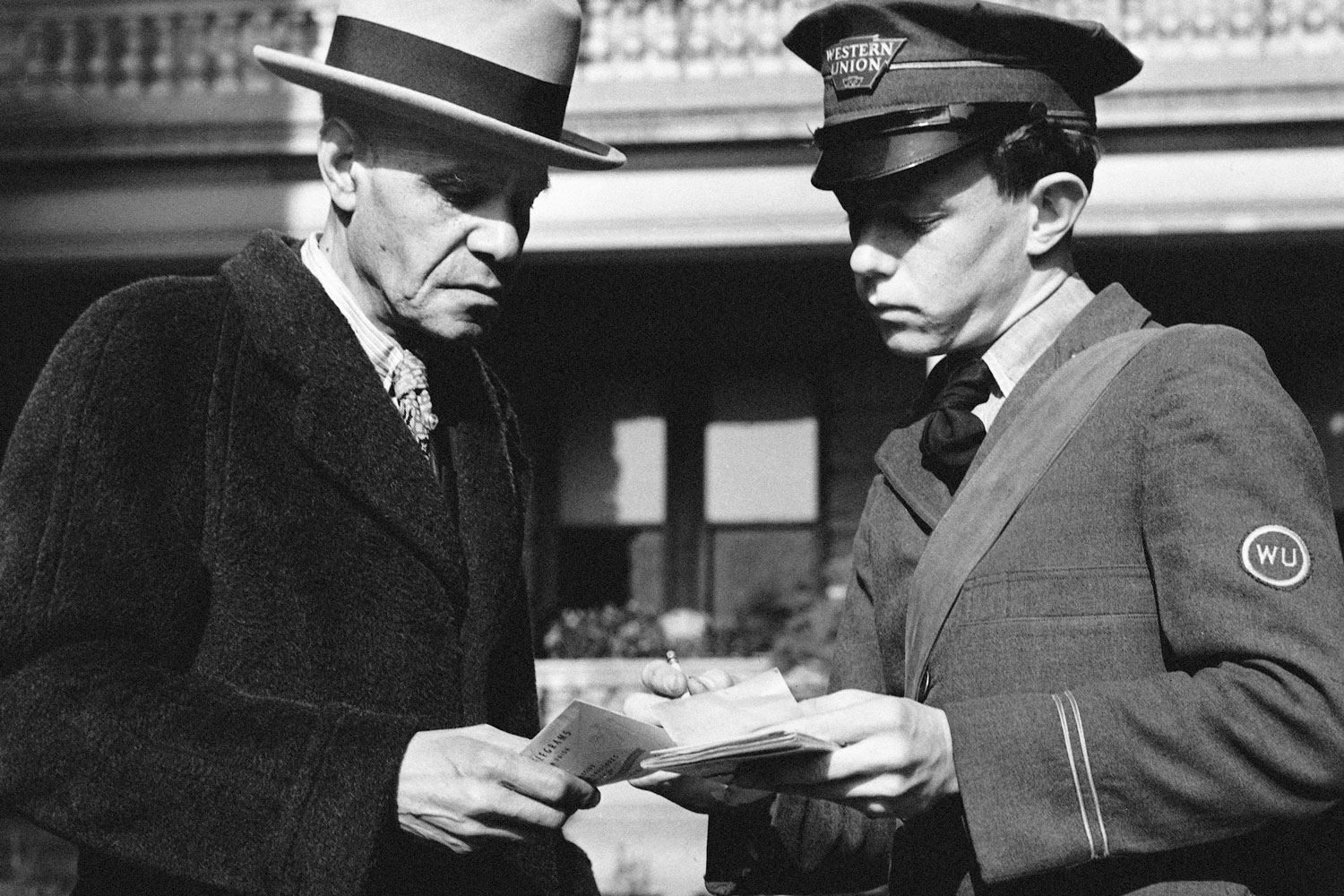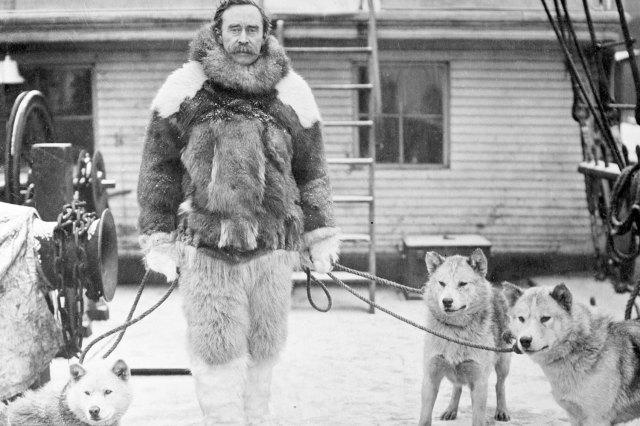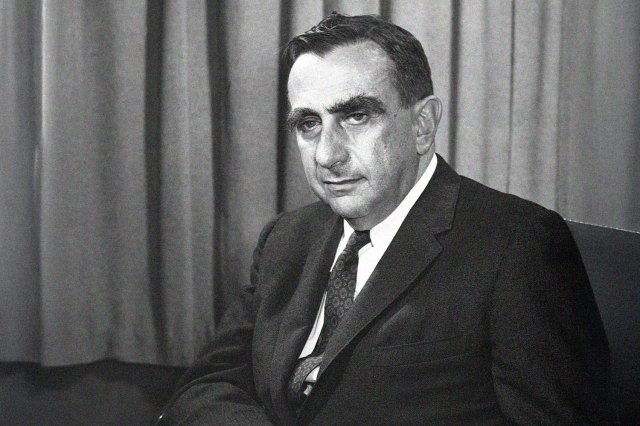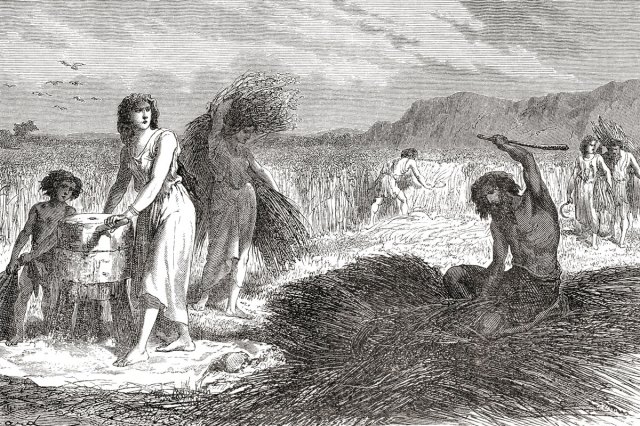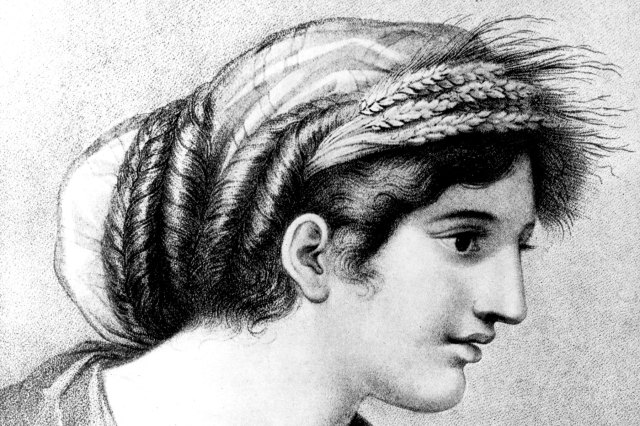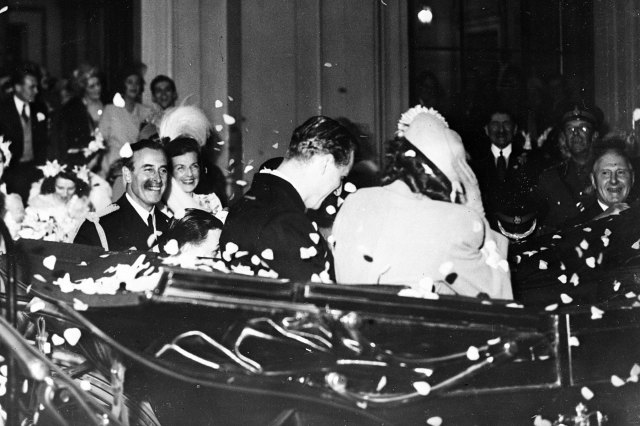Why Do We Knock on Wood?
If you’ve ever said something like, “The car has been working perfectly all year — knock on wood,” and then rapped your knuckles on the nearest wooden surface, you’re in good company. Across much of the English-speaking world, this simple gesture is a charm against misfortune, a way to avoid tempting fate. Americans typically say “knock on wood,” while Britons prefer “touch wood.” Either way, the impulse is the same: to protect good luck, or to keep a hopeful statement from backfiring. But where does this mysterious superstition come from?

The Tree Spirit Theory
One of the most common explanations for the custom of knocking on wood points to ancient pagan beliefs, particularly among Celtic peoples. Trees — especially oak, ash, and hazel — were once considered sacred, believed to be inhabited by spirits or minor gods. Knocking on a tree trunk might have been a way to rouse these spirits and ask for protection, or to thank them for a stroke of good fortune. Another variation holds that people knocked on trees to chase away evil forces lurking in the wood, or to prevent those spirits from overhearing boasts and punishing the speaker’s hubris.
This idea fits neatly with what we know about ancient tree worship. Sacred groves once dotted the landscape of Europe and other parts of the world, serving as meeting points between humans and the divine. Trees symbolized the structure of the cosmos — roots in the underworld, branches in the heavens — and were thought to house powerful spirits.
In this light, touching or knocking on wood might seem like a lingering echo of those early spiritual traditions. But there’s a problem with that idea: No direct evidence connects those ancient practices to our modern superstition. Indeed, there’s a silence of more than a thousand years between the Christianization of Europe and the first written reference to touching wood.


















